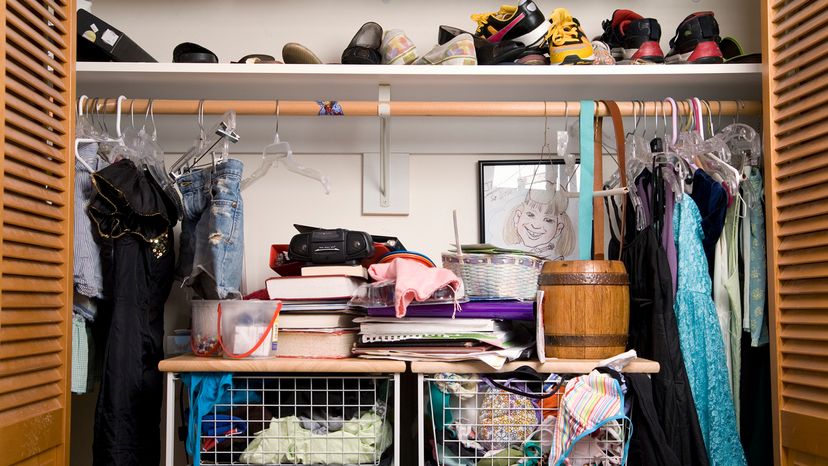You have two options for organizing: You can either do it yourself or call in a professional organizer. Most professional organizing companies are limited to dealing with closets or garages, leaving the rest of the house up to you.
Some companies may help with custom cabinetry for dens, kitchens, or bathrooms, and their professional designers can help with pricing and selection of materials. But this type of help has little or nothing to do with the principles of organizing.
Evaluate each of the areas you plan to organize and determine which one causes the most distress; start by organizing that. If you are using outside help, formulate a list of specific requirements you consider vital, such as:
- good use of the space
- protection of your possessions
- your own peace of mind
It's a good idea to consult with two or three different organizing firms before choosing one. And do some research on your own to gain as much knowledge on the subject as possible. The more information and strategies you digest, the better the outcome will be.
Remember, you have the final word on every decision. Don't automatically give in to every recommendation the representative makes unless you understand and agree with the reasoning.
You will regret it later if you simply turn the matter over to a consultant. You must be involved, since only you know your needs and preferences.
